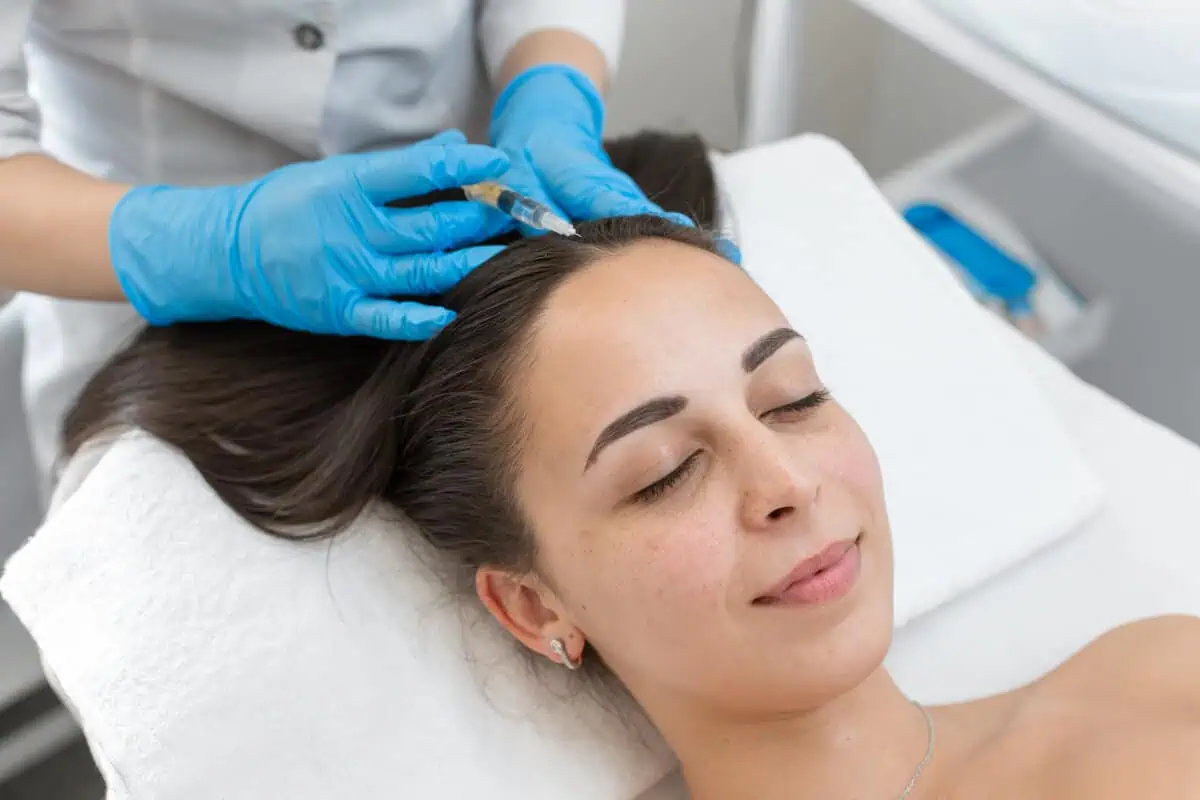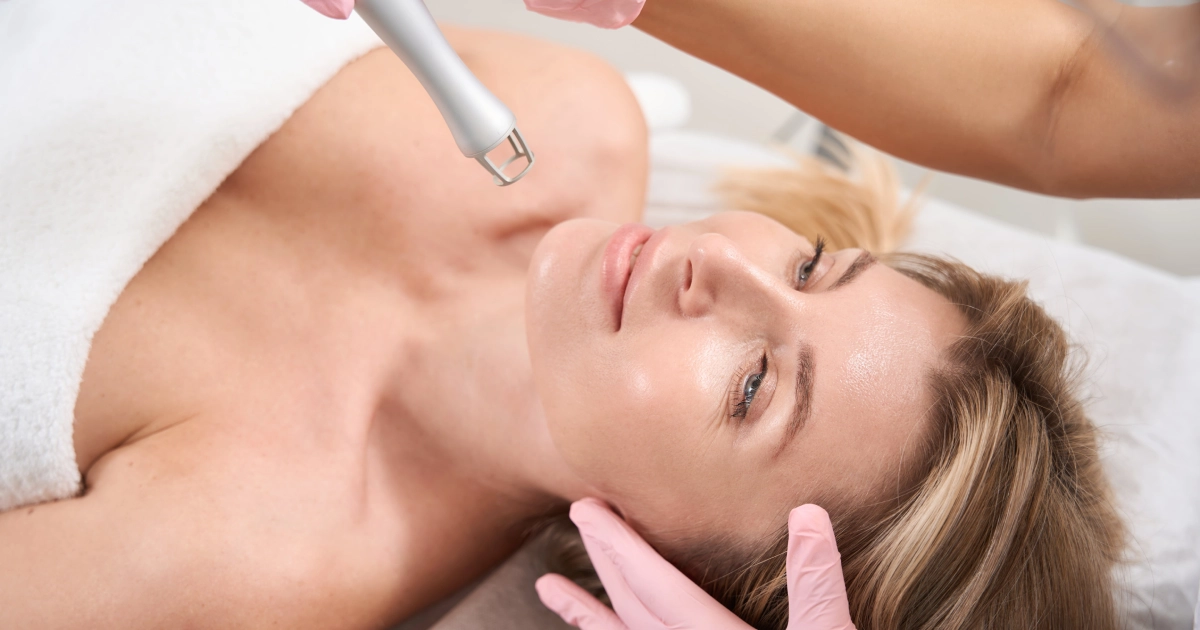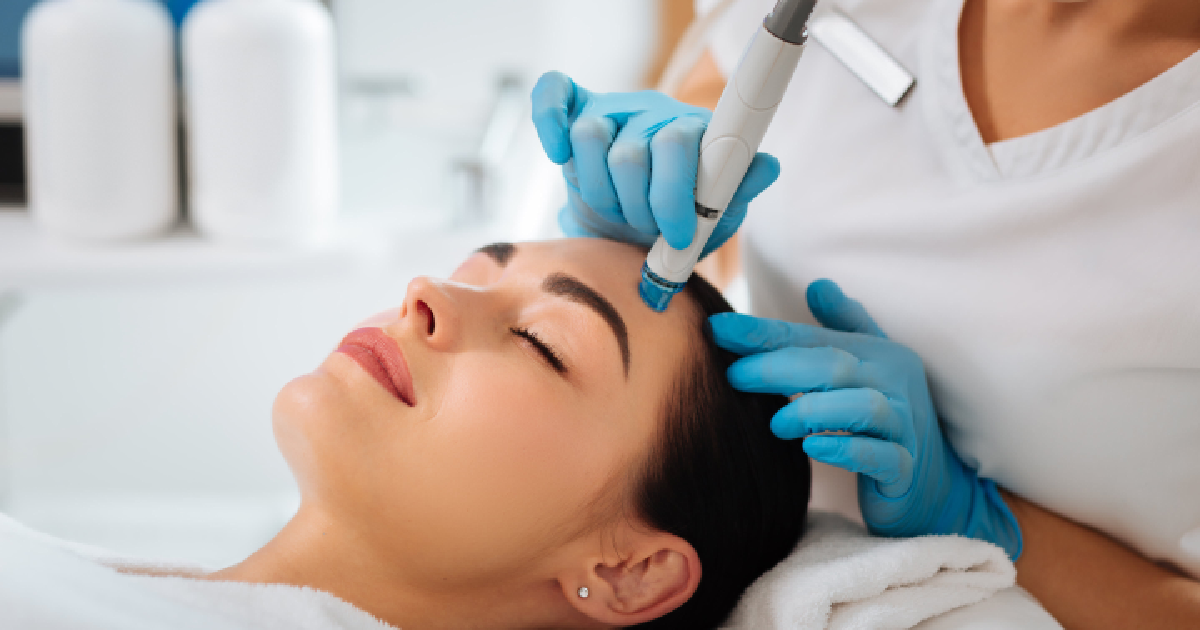
Table of Contents
Hair loss is a common issue affecting millions worldwide, leading many to explore the possibilities of hair restoration. Among the various options, hair transplants have emerged as a popular choice for those looking to combat thinning hair or baldness.
But does hair restoration work for everyone? In this article, we’ll explore the effectiveness of hair restoration procedures, focusing on hair transplants and whether they’re a viable option for everyone. Let’s dive into the topic, focusing on Hair Restoration in Bothell, WA.
Understanding Hair Restoration
Hair restoration encompasses a range of treatments aimed at regaining hair density and appearance. Among these, hair transplant surgery is a notable method for moving hair follicles from a dense area to a balding or thinning area.
This procedure can permanently solve hair loss, creating a natural-looking hairline. However, it’s essential to understand that hair restoration success varies among individuals and is influenced by factors such as hair quality, the extent of hair loss, and overall health.
Suitability for Hair Transplants
When considering a hair transplant, the first question often is about its suitability. Only some people are good candidates for this procedure. The ideal candidates are those with sufficient donor hair follicles that can be transplanted to the thinning areas.
Furthermore, individuals with realistic expectations and understanding of the procedure’s outcomes are more satisfied with the results. Factors such as age, hair color, and the nature of hair loss also play a crucial role in knowing the effectiveness of a hair transplant.
The Role of Genetics in Hair Restoration
Genetics is a critical player in hair loss and restoration. Genetic hair loss, also known as androgenetic alopecia, is the most common cause of baldness, affecting both men and women.
While hair transplants can effectively treat this condition by redistributing hair follicles, the genetic predisposition to hair loss continues.
This means that post-transplant, some individuals may continue to experience hair thinning in other areas, requiring additional treatments or procedures to maintain the desired hair density.
Expectations vs. Reality
Setting realistic expectations is crucial when considering hair restoration. While hair transplants can significantly improve one’s appearance, expecting a full head of hair like in youth might lead to disappointment.
The goal of a hair transplant is to enhance the hair’s density and appearance in a way that looks natural. The success and satisfaction with the procedure heavily depend on understanding what the technology can and cannot achieve.
Our Offer at Radiance Skin and Laser
Embrace a radiant transformation and counter the initial signs of hair loss with premier solutions that ensure you always look and feel your absolute best. In Bothell, WA, we offer an array of advanced hair restoration options designed to give you the fullest opportunity to revive your hair to its lush, vibrant state.
Explore Our Advanced Hair Restoration Solutions:
- Microneedling with Growth Factors and Exosomes: A cutting-edge procedure that stimulates your scalp’s natural healing ability to enhance hair growth.
- Hydrafacial™ Keravive™: A specialized treatment that deeply cleanses, exfoliates, and hydrates the scalp, creating the perfect environment for healthier, fuller hair.
- PRF for Hair Loss: An innovative, platelet-rich fibrin treatment that leverages your body’s healing mechanisms to rejuvenate your hair and scalp.
- At-Home Solutions: Nutrafol Hair Growth supplements scientifically support hair strength, shine, and overall health from the comfort of your home.
Tailored Hair Restoration Treatments
Our commitment is to offer treatments and solutions that make a difference. By integrating state-of-the-art techniques like Microneedling and platelet-rich therapies, we collaborate to tailor a hair restoration plan that aligns with your goals. It’s about bringing out the best in you.
But, what about PRF for Hair Loss?
We mentioned something about platelet-rich fibrin (PRF) earlier. Now, this treatment is at the forefront of skin and hair rejuvenation techniques. It is an advanced platelet-rich plasma (PRP) therapy employing a fibrin matrix loaded with platelets, growth factors, and cells.
This powerful combination promotes skin rejuvenation and wound healing and plays a critical role in stimulating hair growth.
PRF extends the release of growth factors significantly longer than PRP, offering sustained benefits and improved collagen and elastin production in the skin, alongside promoting robust hair growth.
How Does PRF Work?
Platelets are key to the body’s healing and rejuvenation processes, containing essential growth factors that drive tissue repair. During PRF treatments, your blood is processed to concentrate these platelets and growth factors and is injected directly into the scalp.
This targeted approach supports and amplifies the natural hair growth cycle, encouraging the restoration of your hair with visible density and strength.
Anticipated Improvements from PRF Treatment
The extent of improvement varies and is influenced by the pattern and onset of hair loss. Early intervention with PRF treatments yields the best outcomes, especially for those in the initial stages of hair loss.
Although those with extensive baldness may not see regrowth, PRF can significantly halt further hair loss, offering a proactive measure in maintaining hair density.
Understanding the Risks and Side Effects
PRF treatments are minimally invasive, posing little to no significant safety concerns. Some patients may experience mild discomfort, redness, or slight swelling post-treatment. Still, these effects typically subside within a few days, leaving no barrier to pursuing daily activities.
The Importance of Post-Care
The success of a hair transplant doesn’t end with the procedure itself; post-care plays a vital role in achieving the best results.
Proper care of the treated area, following the surgeon’s instructions, and attending follow-up appointments are essential to ensure the transplanted hair follicles settle well and grow. Neglecting post-care can lead to complications or suboptimal results, emphasizing the importance of commitment to the aftercare process.
Considering Non-Surgical Options
It’s worth noting that hair restoration isn’t limited to surgical options like transplants. Non-surgical treatments, such as medication (finasteride, minoxidil), Platelet-Rich Plasma (PRP) therapy, and low-level laser therapy, can also be effective, especially in the early stages of hair loss.
These options work well for those who are not suitable candidates for hair transplants or prefer to avoid surgery. Consulting with a specialist can help determine the best action based on individual needs and conditions.
Our Key Thoughts
Hair restoration, particularly through hair transplants, offers a promising solution for those battling hair loss.
However, the procedure isn’t a one-size-fits-all solution. Factors like the cause of hair loss, the quality of donor hair, and individual health conditions play significant roles in determining its effectiveness.
For those considering Hair Restoration in Bothell, WA, it’s essential to have a comprehensive consultation with a qualified specialist who can assess your suitability for the procedure and guide you through your options.
Remember, restoring your hairline requires patience, realistic expectations, and a commitment to post-care. Suppose you’re ready to take the next step and explore your hair restoration options.
In that case, we invite you to book an appointment at Radiance Skin and Laser. Let us help you regain your hair, your confidence, and your satisfaction with your appearance.





